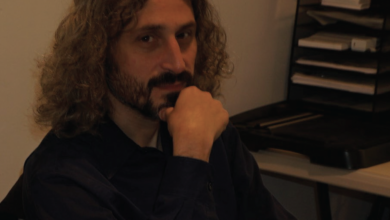Critical Race Theory: a commentary
By Tristan Leach
Picking classes as a Baccalaureate Honors program (BHP) student is often a fun, yet slightly intimidating task. Which class is going to be the most enjoyable, yet challenging? These questions ran through my head as I stared at the log of BHP classes for this semester. Then I saw it: BHP 301, Law and Racial Progress.
The class description piqued my interest and the next thing I knew, I was walking into a small classroom with several other honors students. Upon the first class meeting we all learned that the class would be heavily centered on a very important topic: Critical Race Theory (CRT).
What is CRT?
CRT began its journey in the ’70s after eight scholars came together. The group discussed how their higher education and jobs had been and were still affected by racism, and how America uses skin tone to justify the treatment of people. Race is viewed as a social construct by scholars of CRT.
In the classroom we began to utilize CRT when looking at the police system in America. We also applied it to law. The three all combine and overlap, over and over again.
Why is CRT making headlines?
Unsurprisingly, CRT is quite unpopular in the mass media. On the first day of class our professor, Sarah Trocchio, showed us pictures of people outside an elementary school with posters that had the words “Critical Race Theory” with a cancel symbol over top. We quickly learned that CRT is often heavily misunderstood because it deals with topics people would rather not acknowledge, such as sexism, racism and homophobia.
For many people it is easy to vilify CRT. Since it’s something they do not understand, and it sounds “liberal,” they decide it’s inherently bad. Across the country, parents, lawmakers and school officials are working to keep CRT out of their classrooms. The truth is that teaching CRT to a child would be far too difficult. The basic concepts take anyone a while to learn.
Why is CRT important?
At its core, CRT discusses one of America’s biggest issues: racism. In the past year, lawmakers, keepers and systems have been under the watchful eye of millions due to the inaction against racism in their fields. Few efforts have been made in the case of police brutality, where the theory is often applied. For a while now, police departments across the country have been taking steps to make themselves more approachable and more multifaceted. Applying CRT to our police system is healthy. The theory allows people to look more deeply at how the system does not truly change, or how the changes made are just surface level.
CRT can also be used in the workplace. From a law perspective CRT is used to look at cases of microaggressions, misconduct and workplace discrimination. People often feel that if they report something, it will not be taken care of, or very little “help” will be given to the employee. The theory is being used more often by lawyers to strengthen their cases. Using CRT forces the workplace to take a better look at what has occurred.
Why everyone should know about CRT
The core values of CRT are really about combating racism and hate, ideas that many of us are taught from a young age. The theory is important because it allows individuals to understand how race is used to justify hate. It’s true that you can’t teach a child CRT; the ideas can be complex and fluid. I’m still learning, and so is everyone else in the class. But teaching children that hate has no place in a classroom, on the playground or in their home is a good start.
CRT is not a weapon being used by extreme liberals or the newest democratic scam. Taking the time to learn how America has used race to justify certain behaviors since its beginning allows people to understand how little change has taken place in this country. The theory is not one being used to brainwash someone; it is being used to stimulate the change many of us want to see.



